
The money raised this year will help support the Princess Elizabeth National School for Special Education in Malaysia and APAO Young Ophthalmologist activities.

The money raised this year will help support the Princess Elizabeth National School for Special Education in Malaysia and APAO Young Ophthalmologist activities.
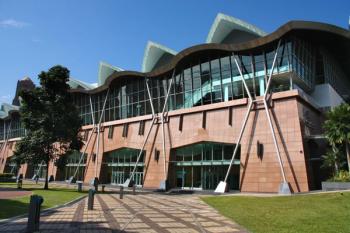
APAO returns to an in-person congress for the first time since the start of the COVID-19 pandemic.
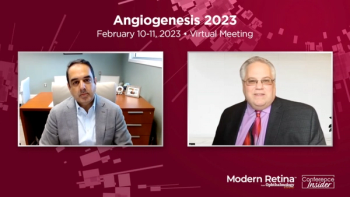
Rishi Singh, MD, presented data from the Phase 3 DERBY and OAKS clinical trials for geographic atrophy at the 2023 Angiogenesis, Exudation, and Degeneration conference.
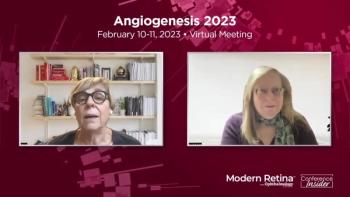
Prof. Anat Loewenstein, MD, shares the latest research on home optical coherence tomography in relation to reactivations and responses in retina patients during her presentation at the virtual Angiogenesis 2023 conference.
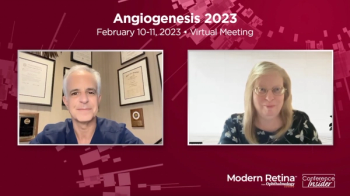
Carl D. Regillo, MD, highlights the Talon Phase 3b results for brolucizumab vs aflibercept in a matched treat-and-extend superiority study for neovascular AMD at the virtual 2023 Angiogenesis conference.
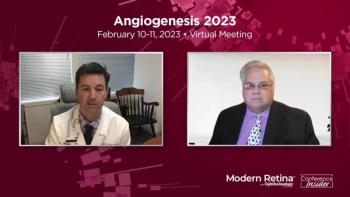
In a presentation at the Angiogenesis, Exudation, and Degeneration 2023 conference, Justis Ehlers, MD, presented "Ellipsoid Zone Integrity in Dry AMD: An Imaging Biomarker for Progression Risk and Clinical Trial Endpoint.”
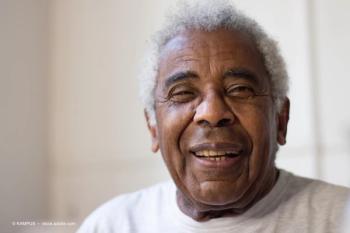
In a presentation at the Angiogenesis, Exudation, and Degeneration 2023 meeting hosted by Bascom Palmer Eye Institute, Baruch Kupperman, MD, PhD, detailed research in which investigators evaluated risuteganib for safety and effectiveness in patients with dry AMD.

A study conducted by Gemmy Cheung, MBBS, FRCOphth and colleagues shows geographic atrophy (GA) lesion phenotypes, associated features, and growth rates differ between Asians and non-Asians.

The Bascom Palmer program showcases neovascular, exudative, and degenerative eye diseases, and is designed for retina specialists, general ophthalmologists, and researchers.

A poll for retina specialists: Let us know if you will be logging on for this annual Bascom Palmer Eye Institute symposium, which will be held virtually on February 10 and 11, 2023.

Scott Walter, MD, an investigator in the TENAYA and LUCERNE trials discusses the year 2 data for the treat-and-extend regimen of faricimab for the treatment of nAMD and DME.

A combination of posters, podium presentations, and instructional courses provided invaluable revelations to the ophthalmic community.
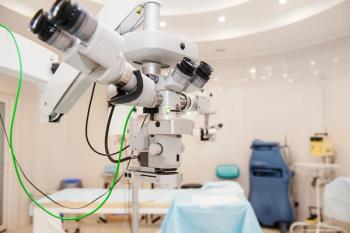
The investigators undertook a study to determine the incidence of rhegmatogenous retinal detachments 1 year after cataract using the IRIS Registry data and to determine the demographic features, ocular comorbidities, and intraoperative factors associated with an increased risk of detachment development.
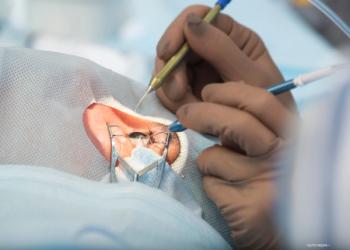
Patients with a unilateral rhegmatogenous retinal detachment frequently ask about the risk of developing an RRD in their fellow eye.
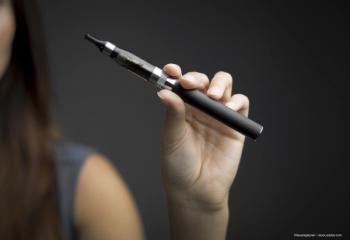
Those who used both traditional and electronic cigarettes reported severe to very severe ophthalmic symptoms.

The AVONELLE-X long-term extension study will continue to evaluate the efficacy, durability, and safety of faricimab in patients with neovascular AMD.

Janssen noted that results from Phase 1/2 MGT009 study demonstrate safety profile of investigational gene therapy botaretigene sparoparvovec (AAV-RPGR) and suggest sustained vision improvement in patients with X-linked retinitis pigmentosa.
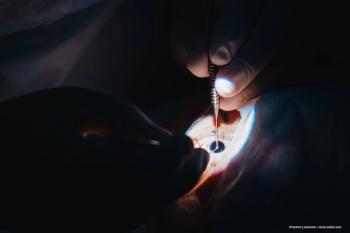
The results also showed that, compared to use of systemic antivirals alone, treatment with adjunctive intravitreal injections or early pars plana vitrectomy did not affect the time to development of retinal detachments.

The data analysis indicated that patients achieved robust visual gains and central subfield thickness reductions with faricimab dosed every 8 weeks and with PTI dosing up to every 16 weeks. The gains were sustained through year 2 of the trials.
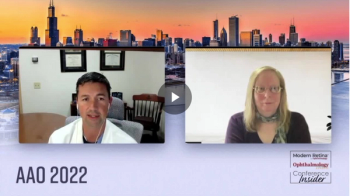
At AAO 2022, Justis Ehlers, MD, presented a talk entitled, "Defining the Fluid Problem in Neovascular AMD: To Dry or Not to Dry?"
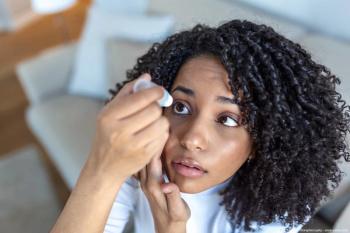
Almost 5 million patients in the IRIS Registry had received at least one diagnosis of DED between 2013 and 2019; of those, 203,171 were children under 18 years of age and 4,592,808 were adults.
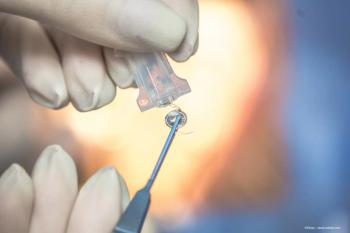
Investigators reported that the safety and efficacy of the Tecnis Synergy IOL model ZFR00V indicates that it may be a good option for patients who desire meaningful gains in uncorrected visual acuity at all distances.

13% of pediatric patients had new-onset strabismus after a tube shunt procedure; in contrast, 0% of adults had new-onset strabismus after tube shunt surgery (at 6 months or at last follow-up).
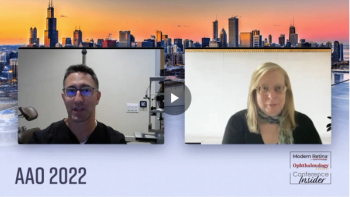
Roger A. Goldberg, MD, MBA, discusses his 2022 AAO poster: "T&E-Based Personalized Treatment Interval Dynamics in the YOSEMITE/RHINE Trials of Faricimab in DME."

Results from our recent poll regarding AAO 2022 attendance indicate that most ophthalmologists and retina specialists plan to participate in the Annual Meeting in person in Chicago, Illinois.

A poll for retina specialists regarding their attendance at the 2022 American Academy of Ophthalmology Meeting in Chicago, Illinois. The poll is now closed.

The American Academy of Ophthalmology annual meeting is coming to Chicago, Illinois, from September 30 to October 3, featuring Subspecialty Days and a virtual component.

Automated quantitative fluid analyses are enabling personalised treatments, better patient outcomes

According to a presentation by Oculis at EURETINA, the dataset shows that OCS-01 eye drops were more effective than vehicle in reducing central macular thickness and improving visual acuity in patients with DME as per the pre-defined criteria for statistical superiority in the study protocol.

A synopsis of the findings presented at EURETINA 2022 for ophthalmologists and retina specialists.